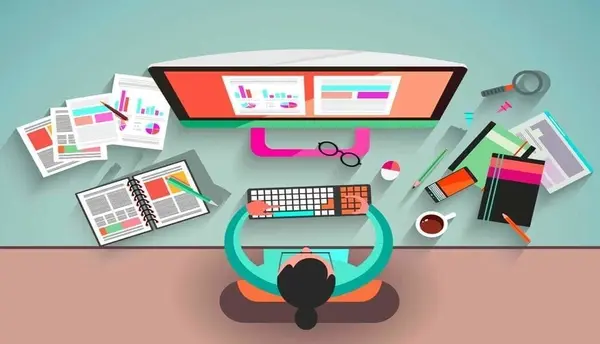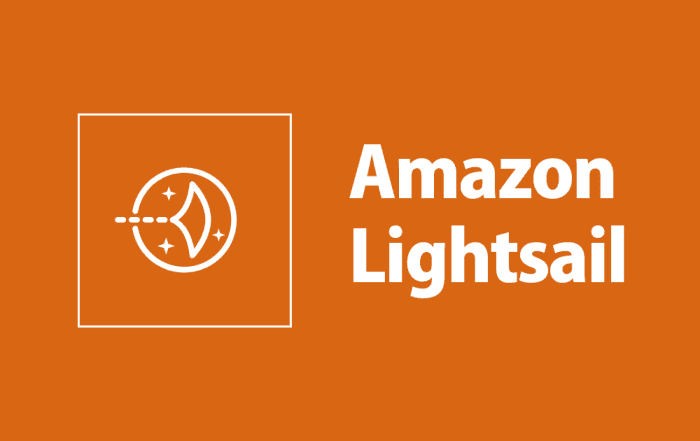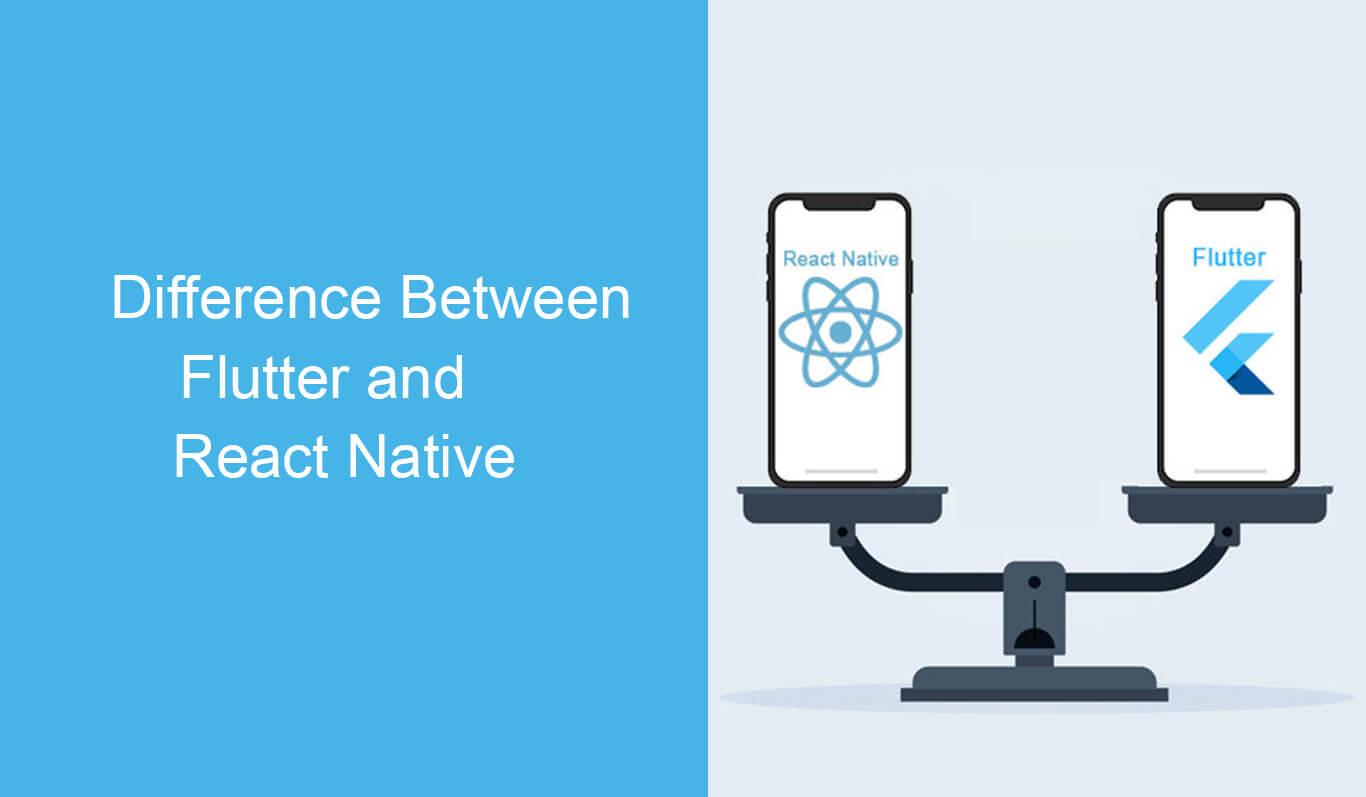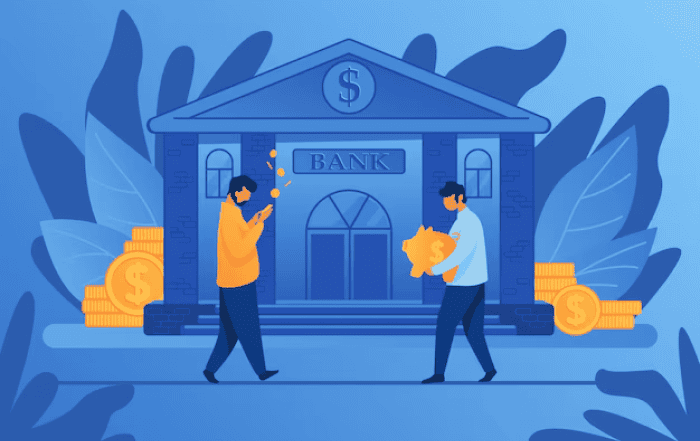
When you’re planning to launch a website, it’s crucial to build it with visitors in mind. If you create a website using only your ideas, without taking into account user experience, it will be a failure. On the other hand, too simple website design can look unattractive and even bland.
Even though such a website can perfectly convey the intended message, it won’t generate enough leads. The point is that a modern website needs to look attractive but stay simple and function in a user-friendly way. The best way to meet all these goals is to think outside the box, i.e. apply inconvenient ideas to create unpretentious and UX-friendly design.
Detailed reading or skimming?
Many studies have been conducted on the amount of time that visitors spend on a website. In one of the latest reports on this topic, published on the Crazy Egg website, it’s explained that visitors usually spend less than 15 seconds on a website. Of course, those are one-time visitors who don’t convert into regular users. In other words, they come to the website, quickly check what it is about and if the content/design doesn’t grab their attention, they’re going to leave. This will happen even if the content in question belongs to their field of interest but the arrangement doesn’t suit them.
You can follow the visitors’ behavior on your website via heat maps. If you realize that most of them start reading your content but stop in the middle, revise those sections and enrich them with UX-friendly features, like shorter sentences, more infographics, and fewer images.
Informative but focused communication
Internet users are not famous for their patience. We’ve already mentioned that they leave a website in less than 15 seconds on average. Those who stay on your website won’t spend too much time there if you don’t provide them with the necessary information in the shortest time possible. So, they will bounce off soon after those initial 15 seconds unless you allure them into your business story via a witty copy and pleasant visuals.
The design doesn’t only refer to visual solutions, teaches a new master’s degree course in visual design and communication. It includes images and videos that send visual messages, but it also encompasses the means of communication used within and an addition to them. If you ramble too much about your business history on the home page, your visitors will leave. Instead of talking about yourself, illustrate what’s in it for them – your visitors. The more perks you present to them on the home page and landing pages, the more likely you are to convince them that they need your services.
Speak via white spaces
You can say a lot by leaving empty spaces throughout your website. Instead of cramming every single corner of your landing pages with visual and textual items, leave white space wherever it would be useful to put nothing. For instance, on pages where you present your packages of services and their prices, make sure that the numbers expressing the prices are clearly visible. The same goes for the list of services included in these packages and for the checkout pages.
The last thing a visitor wants to see when he or she is preparing to pay for your product or services is an ad or an unrelated image. By leaving white spaces in such areas, you’ll show that you care both about your customers and your business.
Also read How to Boost E-commerce Store Sales With Smart UX
Turn to testing
We’ve mentioned heat maps above. Once you identify what parts of your website repel customers and you change that content, make sure to test the new features before you make them accessible to visitors. The same procedure should be repeated for every landing page and the website as a unit. If you don’t test the functionality and user experience of your website before the launch, it’s highly likely that some features won’t work properly. Therefore, conducts tests, change the features, retest, change them again, and repeat this process until the website is completely user-friendly.
Whenever possible, ask for visitors’ feedback on the functionality of the website, as well. That’s the most reliable way of getting information from the people for whom you’re creating it in the first place.
In design, thinking outside the box doesn’t only mean being creative. Creativity without applicability will yield no benefits in web design in terms of user experience. Being original here means presenting your information in an innovative way. For instance, an authentic copy and original business photos are features that can help you achieve that goal. Apart from that, make sure to adapt to keep communication crisp clear and focused on your audience, both in visuals and in your textual content. All these elements will deliver an authentic, UX-focused design that will meet your visitors’ expectations.








